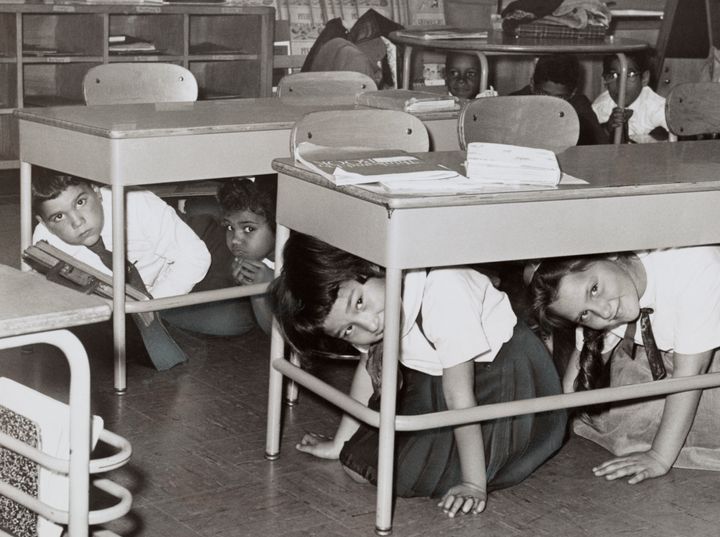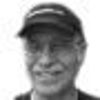
Cross-posted with TomDispatch.com
It’s easy to forget just how scary the “good times” once were. I’m talking about the 1950s, that Edenic, Father-Knows-Best era that Donald Trump now yearns so deeply to bring back in order to “make America great again.” Compared to the apocalyptic fears of those years, present American ones would seem punk indeed, if it weren’t for the way our 24/7 media blow them out of all proportion. I’m thinking, of course, mainly about terror attacks by various “lone wolves” that tend to dominate the news. You know, the disturbed individuals who pick up a butcher knife or assault rifle and head for the nearest mall or club or college campus, or point a deadly vehicle toward a crowd with mayhem and murder in mind. In 2016, in our increasingly securitized world (and language), such individuals have even gained their own official acronym: homegrown violent extremists, or HVEs.
If I think back to the nightmares of my own childhood, fears about the depredations of HVEs don’t add up to a hill of beans. As a boy, I well remember the 1950s version of such hysteria and it concerned the obliteration of the city I lived in via a Cold War nuclear confrontation (of the sort that did indeed come close to happening). Like Bert the Turtle, at school we kids all “ducked and covered” in atomic drills. With Conelrad blasting from the radio on my teacher’s desk, I can remember crouching beneath my own, hands pathetically over my head, as if I could truly protect myself from an atomic attack. Outside sirens screamed and the activities of city life came to a halt.
For those of us who grew up then, just under nostalgic memories of the golden Fifties lies a vision of a world in ashes. Of course, we children had only a vague idea of what exactly had happened beneath the mushroom clouds that rose in August 1945 over two Japanese cities, Hiroshima and Nagasaki, but we knew enough to realize that the message being delivered was not of safety but of ultimate vulnerability. In those moments (and the nuclear nightmares that, at least in my own life, went with them), the country secretly prepared the way for the Sixties, indicating that just below the surface of American triumphalism lay a vision of potentially horrifying defeat.
In our recent history, however, the most dangerous moment of all may have been one of next to no fears, only of expectations for the glories of an all-American world. I’m thinking of the years Andrew Bacevich, author of America’s War for the Greater Middle East: A Military History, returns to today in “The Age of Expectations and the Great Void,” the ones after the Berlin Wall was first breeched and the Soviet Union, that “evil empire” of Cold War fame, simply vanished, leaving behind only... well, us. That was the moment when the political and intellectual elite who had fought the Cold War and the corporate elite, including the warrior corporations of the military-industrial complex who had risen to power and fortune inside it, were suddenly staggered to discover that there seemed to be no one left to oppose them, nothing to stop them from doing their damnedest.
It was quite a moment, as Bacevich recalls, and it led us fearlessly (so to speak) into our present situation, which he aptly labels “the void.” Given where we’ve ended up in the age of Donald Trump, maybe all of us might have been better off tormented by a few more fears and fantasies of destruction, not construction.
